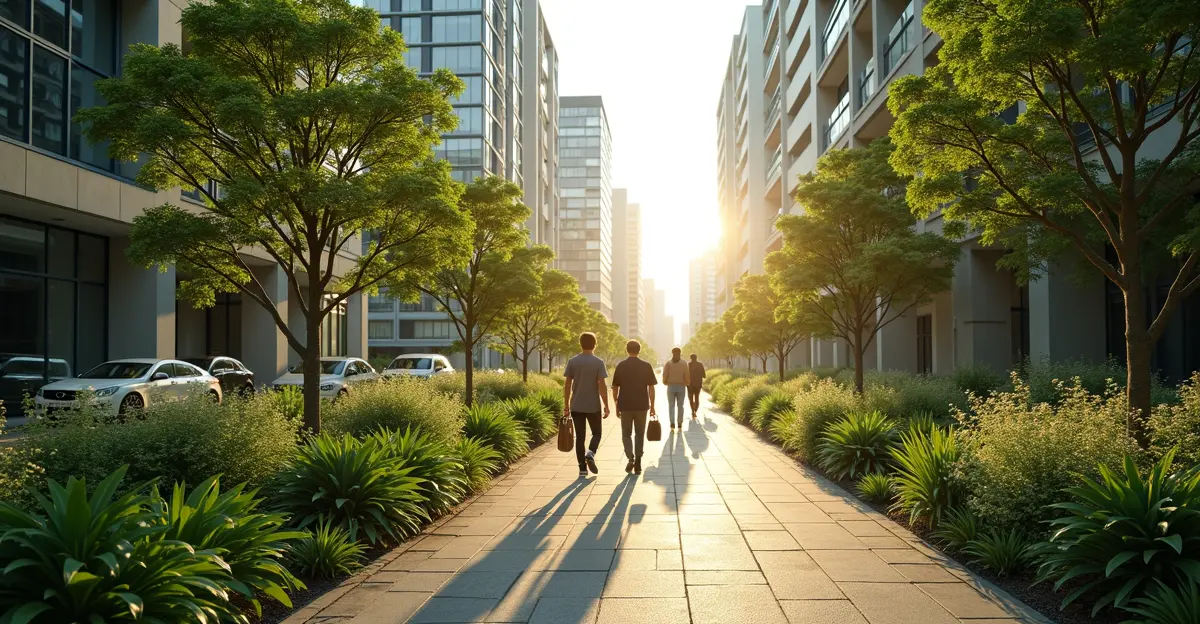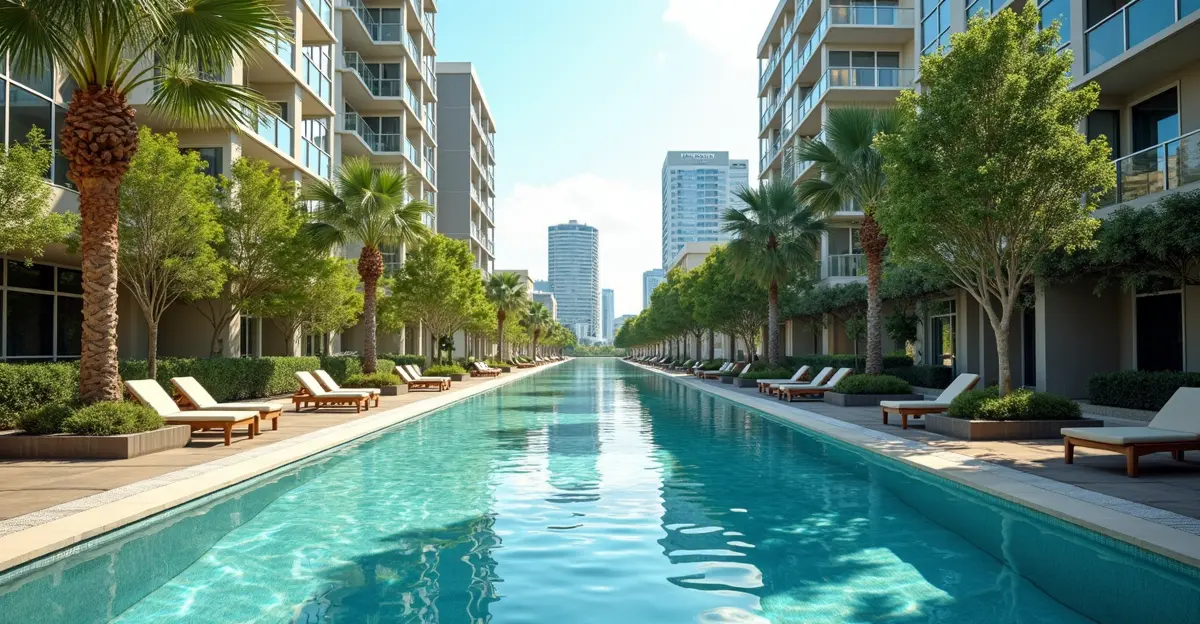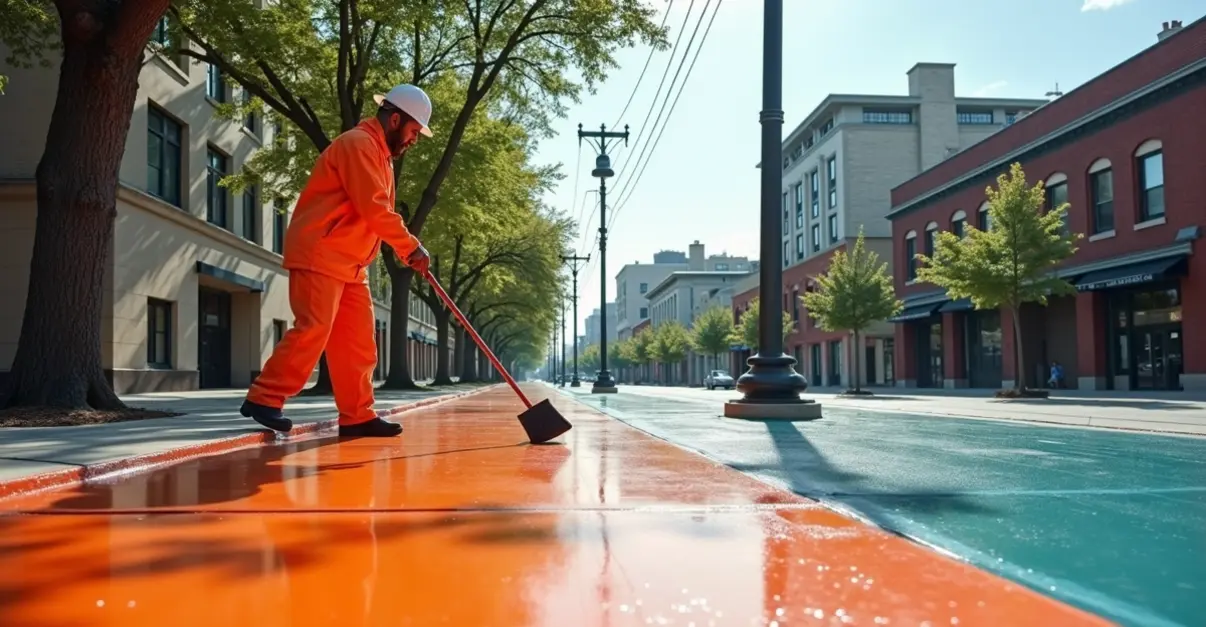Federal grants totaling over $142 million will fund urban cooling corridors and green infrastructure to combat rising temperatures in cities. The initiative targets heat-vulnerable communities with tree planting, green spaces, and water features to reduce urban heat island effects.

Major Federal Grants Announced for Urban Heat Resilience
The Biden-Harris Administration has unveiled a significant funding initiative totaling more than $142 million for climate resilience projects, with a substantial portion dedicated to urban heat mitigation strategies. This announcement comes as cities across the United States face increasingly severe heat waves and urban heat island effects that threaten public health and infrastructure.
Cooling Corridors: Nature's Air Conditioning
Cooling corridors represent a strategic approach to urban planning that creates connected networks of green spaces, trees, and water features to reduce temperatures in heat-vulnerable areas. 'We're seeing temperature reductions of up to 5°C in areas with proper tree canopy coverage,' says Dr. Maria Rodriguez, an urban climate researcher at Columbia University. 'These corridors work like natural air conditioning systems, using evapotranspiration and shading to cool entire neighborhoods.'
The grants will support cities in implementing these corridors through strategic tree planting, creating green pathways, and integrating water features that enhance evaporative cooling. Research from Scientific Reports demonstrates that air temperatures decrease linearly with increasing tree cover, with locations having no canopy cover experiencing up to five times greater probability of exceeding regulated high temperature thresholds.
Green Infrastructure Expansion
Beyond cooling corridors, the funding will support comprehensive green infrastructure projects including green roofs, permeable pavements, and urban forests. 'This isn't just about planting trees—it's about rethinking how we build our cities,' explains environmental planner James Chen. 'We're creating integrated systems that manage stormwater, reduce heat, and improve air quality simultaneously.'
A comprehensive review published in ScienceDirect analyzed 203 empirical studies from 102 cities across 43 countries, finding that urban green and blue infrastructure cooling effectiveness varies significantly across climate types and spatial configurations. The research provides evidence-based planning strategies to optimize these systems for maximum cooling benefits.
Addressing Environmental Justice
The grant program specifically targets historically marginalized communities that typically experience higher temperatures due to lower canopy cover and higher concentrations of heat-absorbing surfaces. 'We're prioritizing communities that have borne the brunt of environmental inequities,' says Climate Program Director Sarah Johnson. 'These neighborhoods often have 10-15°F higher temperatures than wealthier areas just miles away.'
The funding aligns with broader federal climate initiatives, including the Climate Smart Communities Initiative which recently awarded $2.2 million to 21 communities for climate resilience efforts. These programs emphasize building community capacity to continue resilience efforts beyond the grant period.
Implementation and Timeline
Cities receiving grants will begin implementation in early 2026, with most projects expected to be completed within three years. The program includes technical assistance and monitoring components to ensure successful outcomes and provide data for future urban planning decisions. 'We're not just funding projects—we're building a knowledge base for the entire country,' notes Urban Development Specialist Michael Torres. 'The lessons learned from these initiatives will inform urban planning for decades to come.'
As climate change continues to intensify urban heat challenges, these cooling corridors and green infrastructure projects represent a critical step toward creating more resilient, sustainable, and equitable cities for all residents.

 Nederlands
Nederlands
 English
English
 Deutsch
Deutsch
 Français
Français
 Español
Español
 Português
Português









